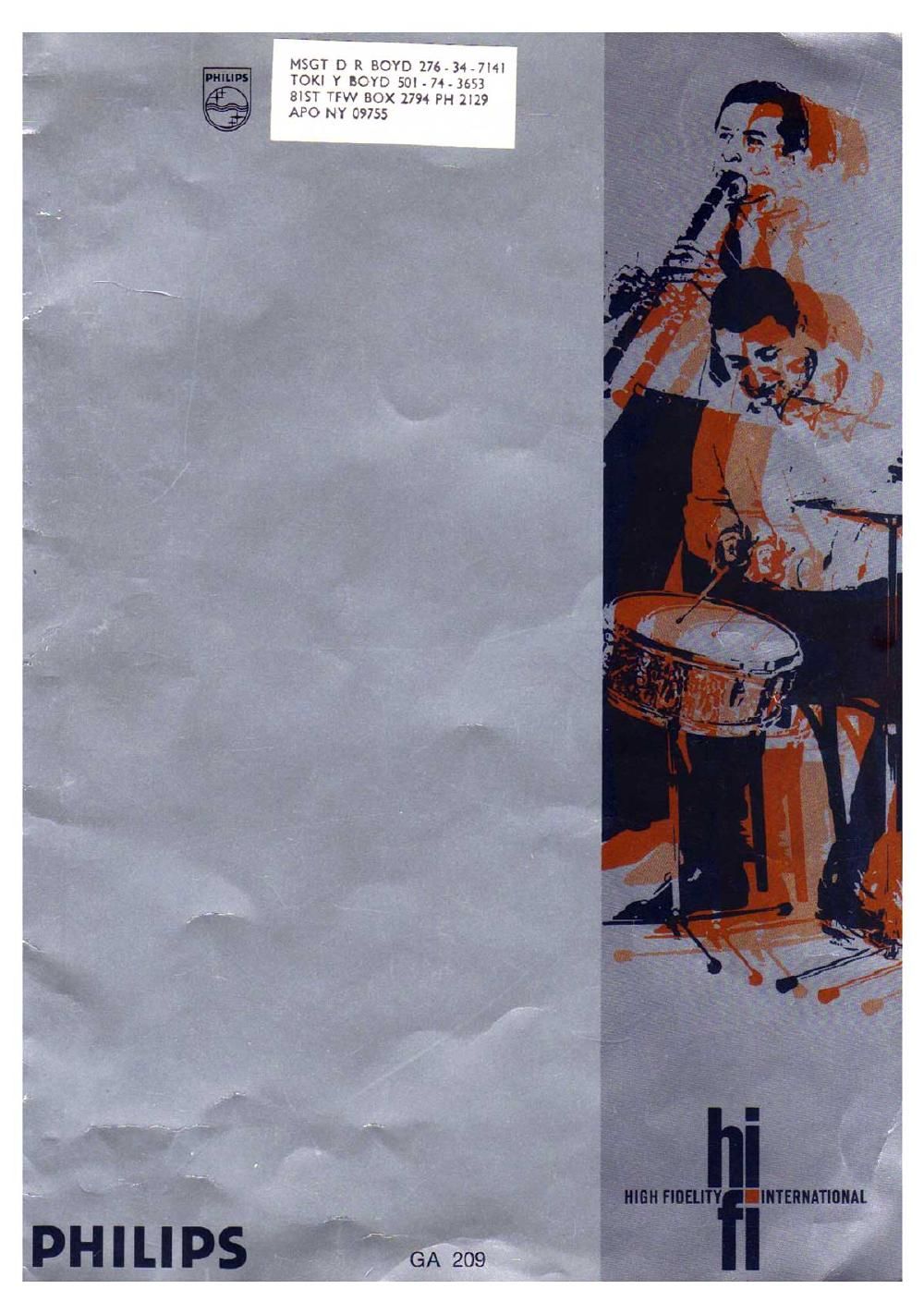Philips 22 ga 209 owners manual
This is the 6 pages manual for philips 22 ga 209 owners manual.
Read or download the pdf for free. If you want to contribute, please upload pdfs to audioservicemanuals.wetransfer.com.
Page: 1 / 6
